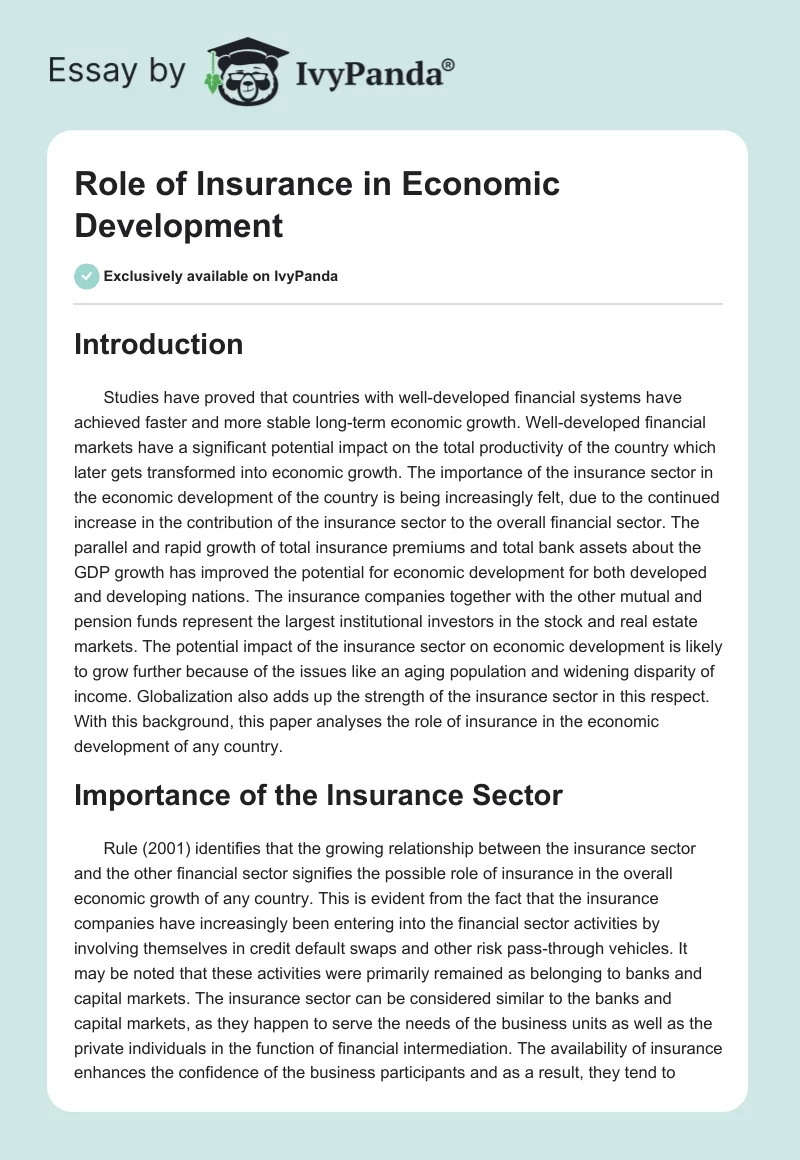Facts About Pacific Prime Revealed
Table of ContentsSome Ideas on Pacific Prime You Should KnowPacific Prime Can Be Fun For EveryonePacific Prime Things To Know Before You Get ThisPacific Prime Things To Know Before You Get ThisThe Best Guide To Pacific Prime

This is due to the fact that the data were gathered for a duration of solid financial performance. Of the approximated 42 million individuals who were uninsured, just about regarding 420,000 (about 1 percent) were under 65 years of age, the age at which most Americans come to be eligible for Medicare; 32 million were adults between ages 18 and 65, around 19 percent of all grownups in this age; and 10 million were kids under 18 years old, about 13.9 percent of all kids (Mills, 2000).
These estimates of the number of individuals without insurance are created from the annual March Supplement to the Present Populace Study (CPS), performed by the Census Bureau. Unless or else noted, national quotes of people without medical insurance and proportions of the population with various kinds of protection are based upon the CPS, one of the most commonly made use of resource of quotes of insurance coverage and uninsurance rates.
Pacific Prime for Dummies

Still, the CPS is specifically valuable due to the fact that it generates yearly price quotes fairly swiftly, reporting the previous year's insurance policy protection approximates each September, and since it is the basis for a constant set of estimates for greater than 20 years, enabling analysis of patterns in protection over time. For these factors, along with the extensive use the CPS in various other research studies of insurance coverage that are presented in this report, we count on CPS quotes, with limitations noted.

The estimate of the variety of uninsured people expands when a populace's insurance coverage status is tracked for several years. Over a three-year period starting early in 1993, 72 million people, 29 percent of the U.S. https://pacificpr1me-2.creator-spring.com. populace, lacked coverage for a minimum of one month. Within a solitary year (1994 ), 53 million people experienced at least a month without coverage (Bennefield, 1998a)
Six out of every 10 without insurance adults are themselves employed. Although functioning does enhance the possibility that a person and one's family members will certainly have insurance policy, it is not a warranty. Even participants of families with 2 full-time wage earners have practically a one-in-ten chance of being without insurance (9.1 percent uninsured rate) (Hoffman and Pohl, 2000).
What Does Pacific Prime Do?
New immigrants represent a substantial proportion of individuals without wellness insurance. One analysis has actually associated a substantial portion of the recent growth in the size of the united state uninsured population to immigrants that got here in the country in between 1994 and 1998 (Camarota and Edwards, 2000). Current immigrants (those that came to the United States within the past 4 years) do have a high price of being uninsured (46 percent), but they and their kids account for moved here just 6 percent of those without insurance policy nationally (Holahan et al., 2001).
The relationship between medical insurance and accessibility to care is well developed, as recorded later in this chapter. The partnership in between health insurance policy and health and wellness end results is neither straight nor easy, a comprehensive scientific and health and wellness services research literary works links health insurance coverage to improved accessibility to care, far better quality, and boosted individual and population wellness standing.
Degrees of analysis for checking out the impacts of uninsurance. It focuses especially on those without any health and wellness insurance for any kind of size of time.
Things about Pacific Prime
The troubles encountered by the underinsured remain in some aspects comparable to those encountered by the without insurance, although they are usually much less severe. international health insurance. Uninsurance and underinsurance, nevertheless, include definitely different policy issues, and the techniques for addressing them may differ. Throughout this research study and the five reports to follow, the major emphasis gets on individuals without wellness insurance policy and hence no assistance in paying for healthcare beyond what is offered via charity and safety and security net organizations
Medical insurance is a powerful factor influencing invoice of care because both individuals and medical professionals react to the out-of-pocket price of solutions - https://canvas.instructure.com/eportfolios/2829699/Home/Pacific_Prime_Your_Ultimate_Destination_for_Insurance_Solutions. Health and wellness insurance coverage, nevertheless, is neither needed nor enough to access to clinical solutions. The independent and straight result of wellness insurance policy coverage on access to health services is well developed.
Others will get the health and wellness care they need also without medical insurance, by paying for it expense or seeking it from service providers who provide treatment free or at extremely subsidized rates. For still others, wellness insurance policy alone does not make sure receipt of treatment as a result of various other nonfinancial barriers, such as an absence of health and wellness care carriers in their neighborhood, minimal accessibility to transportation, illiteracy, or etymological and cultural distinctions.
Get This Report on Pacific Prime
Official research regarding without insurance populaces in the USA dates to the late 1920s and early 1930s when the Committee on the Expense of Healthcare produced a series of reports concerning financing doctor office visits and hospitalizations. This problem came to be salient as the numbers of medically indigent climbed throughout the Great Clinical depression.